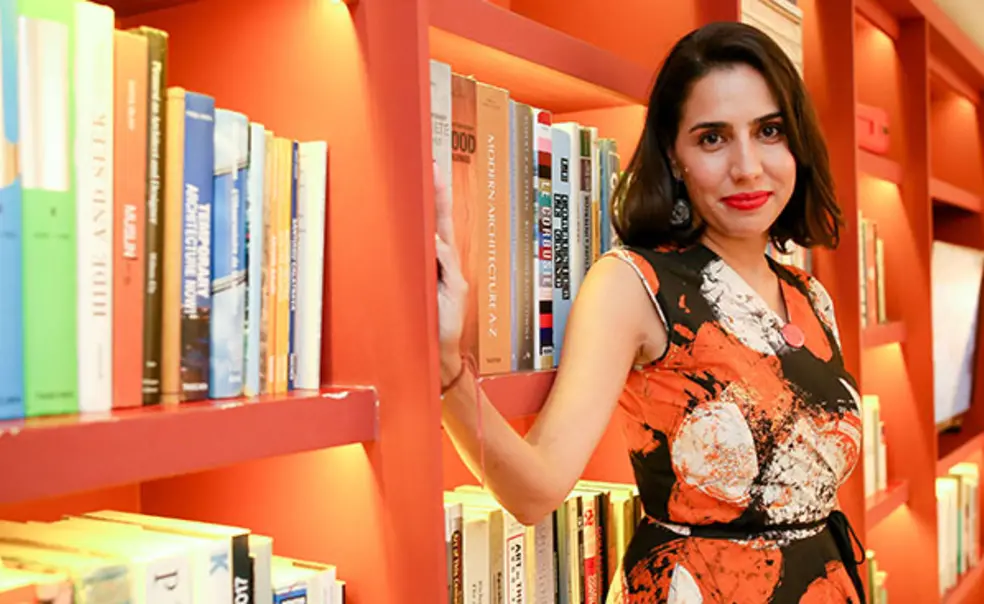Diana Campbell Betancourt ’06 Raises the Profile of South Asian Art
Every two years, a cultural center in Dhaka, Bangladesh, turns into a major art-world hotspot. Hundreds of artists and experts from top art institutions around the globe, along with, at last count, more than 300,000 locals, gather for the Dhaka Art Summit, to learn about art and its connections to South Asia. Unlike typical art biennales, the event is free and ticketless, and nothing there is for sale. Its primary mission is to increase local engagement with contemporary art and to raise the profile of Bangladeshi artists and architects. The person driving that mission is Diana Campbell Betancourt ’06, the summit’s chief curator.
“We are able to create a space where people can come together and bridge social, religious, ethnic, economic, and class divides through art,” says Campbell Betancourt. “I have never been in a place where construction workers and local rickshaw drivers can freely communicate with the directors of Tate, MoMA, and the National Gallery of Singapore as well as senior ministers in the Bangladeshi government.”
A lifelong art lover, Campbell Betancourt has been working in South Asia since 2010, when she visited India with a classmate from Princeton and felt so drawn to the region that she decided to relocate there from New York City. Originally from Los Angeles, she had worked at Sotheby’s and the Neue Galerie in New York, but it didn’t take long for her to become fully immersed in South Asian art. Among many other undertakings, she co-curated the Mumbai City Pavilion at the 2012 Shanghai Biennale and that same year became artistic director of the Samdani Art Foundation, the organization that runs the Dhaka Art Summit.
Campbell Betancourt also travels frequently to the Philippines, where she runs the Bellas Artes Projects foundation. She is relocating to Brussels and will commute to South Asia. She describes all that travel as “brutal,” yet it also seems fitting, given her desire to transcend borders.
“[The Dhaka Art Summit’s] recent programing has worked to try to break mental blocks between thinking about South and Southeast Asia as distinct and unconnected geopolitical entities because they are connected through culture,” says Campbell Betancourt, who notes that discourse about the region tends to be dominated by heavyweight countries like India and its conflict with Pakistan. Smaller countries like Nepal or Sri Lanka, and the many ethnic and religious minorities throughout South Asia, often get overshadowed — and repressed. “The Rohingya crisis [in Myanmar] is something weighing heavily on my mind, as are the plights of the minority communities in the Hill Tracts of Bangladesh, India, Myanmar, and Thailand,” she says.
For that reason, a highlight for her of the last Dhaka Art Summit in February was talking about human rights issues with Alain Berset, the president of Switzerland. She’s also excited by the work of the late Rashid Choudhury, a Bangladeshi modern artist whose works “carry traces of many religions and speak to a time before religious divides started fracturing the region.” A recurrent theme of the art she curates is Bangladesh’s struggle to stay secular in the face of rising fundamentalism.
Working in the region, she says, has “opened up my eyes to the millions of South Asian workers living and building Southeast Asia.” Through the art that she champions, she hopes to bring new understanding to those lives. After all, she says, “Art is one of the only things that stays in collective memory — and artists are witnesses to our time.”












No responses yet